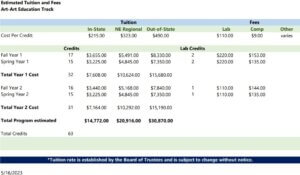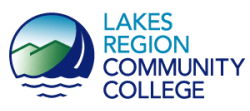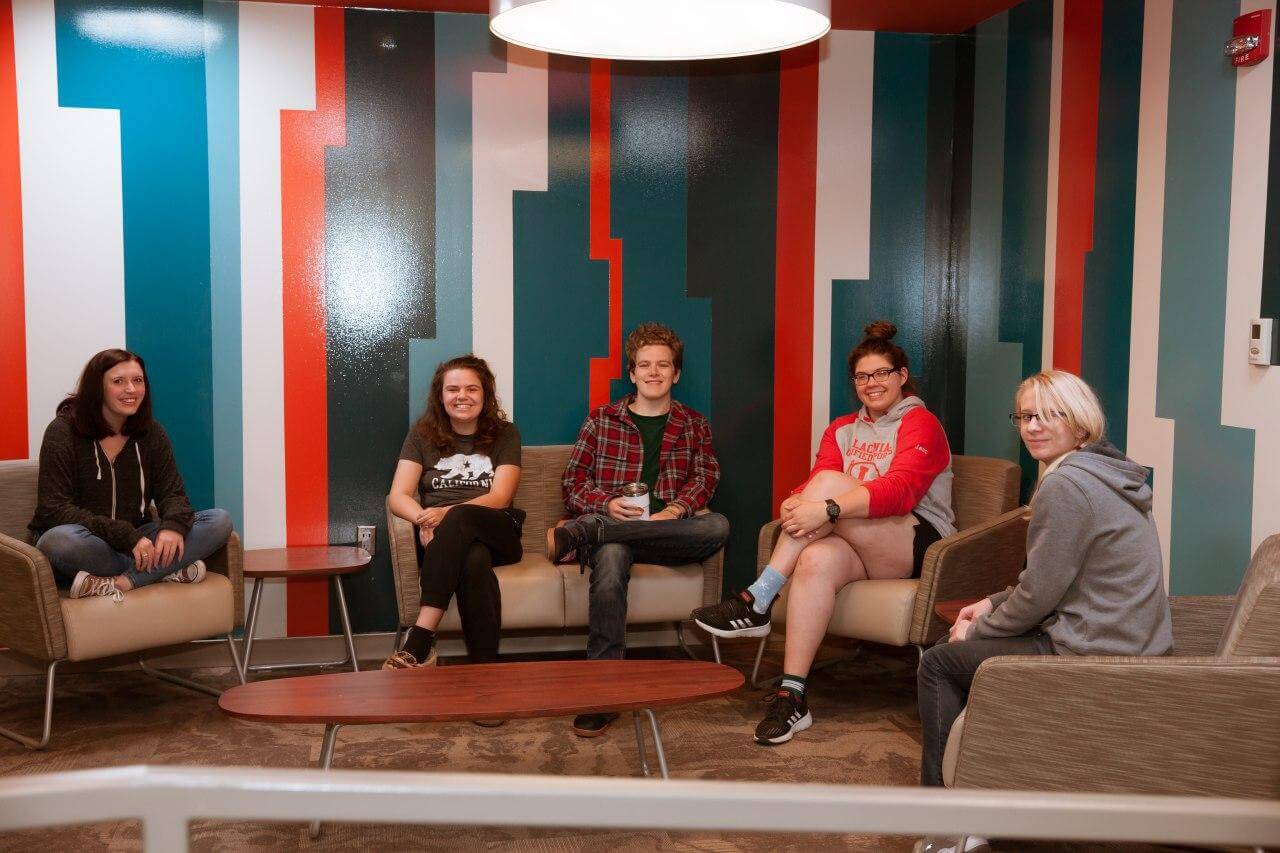Overview
The A.A. in Art degree at LRCC offers a choice of two concentrations: Art Education and Studio Art. They share a core of 4 classes in studio foundations and history. Both tracks offer a strong arts foundation for entry into the field and several options for transfer to four-year programs.
Art Education
The Art Education track provides students with a survey of studio art courses and art education courses. Students will spend time in elementary, middle or high school art classrooms, observing and interacting with students and teachers. Upon completion of the degree students will be prepared to teach art in a private setting or to transfer to a four-year institution to complete their Bachelor’s in Art Education and earn their teaching certificate.
Create a Portfolio
The curriculum presents students with a thorough exploration of a variety of art fundamentals, beginning with first year courses in Drawing, Design, and the History of Art. Building on these foundation experiences, the second year of the program continues these studies and extends them into the disciplines of Painting and Printmaking. In addition, a number of courses are available as art electives. The Senior Portfolio Project gives the student the practical skills to develop a professional portfolio for eventual transfer to a four-year institution of higher education, or for pursuit of a career in the visual arts, such as a studio apprentice, assistant to an artist or craftsperson, art gallery associate, or creating their own fine art business.
Transfer Opportunities
Students intending to transfer to a four-year program of study work closely with their advisor to identify the programs of interest to them. Students may then develop a course of study and a focused portfolio for admissions review by the selected four-year programs. To become eligible for transfer to a variety of four-year programs, students must successfully complete all general education coursework in addition to their Fine Arts program of study. Poor academic performance will affect transferability whether it is after one semester or upon completion of all degree requirements.
Program Outcomes
Arts graduates will have the ability to;
- Translate the 3D world onto a 2D surface through drawing and painting or digital media,
- Utilize the elements of composition, 2D design, 3D design and color theory,
- Realize and create a cohesive body of work, photograph and organize this work into an online portfolio and layout and hang this work in a professional manner,
- Understand and discuss current trends in the art world,
- Communicate effectively both orally and in writing as well as through artistic communications,
- Explore diverse ideas and emotions, as expressed through art history, to evaluate the effect of historical trends, events, institutions, and social systems as applied to the arts,
- Perform mathematical operations basic to functioning in present and future disciplines or occupations and to prepare for further education,
- Demonstrate scientific thought both quantitatively and qualitatively by learning to recognize and formulate questions for analysis of human and technical problems
Total Credits: 3 Total Credits: 3 Total Credits: 3 Total Credits: 3 Total Credits: 3 Total Credits: 3 Total Credits: 3 Total Credits: 3 Total Credits: 4Course Sequencing
First Year
Social Science Elective
English Elective
Mathematics Elective (3 credits)
Social Science Elective
Second Year
Art Elective
Science Elective (3 credits)
Social Science Elective
Mathematics Elective (3 credits)
Science Elective (4 credits)
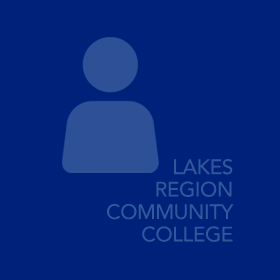
Elizabeth Wilson
Liberal and Professional StudiesFaculty; Program Coordinator Fine Arts
Associate Degree